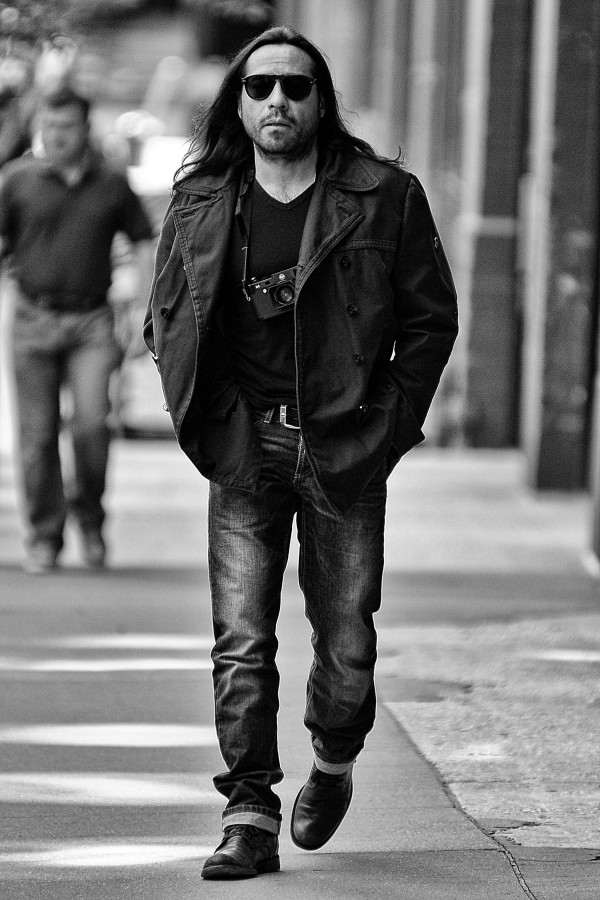Taking to sea on a caballito de totora
Taking to sea on a caballito de totora
Inti Pachurin
August 30, 2017

Victor Huamanchuco and his nephew Miguel, both fishermen
The younger men don’t want to make a living fishing – the money simply isn’t good enough. They prefer to go surfing and to college, and then enter into another profession. Some believe that the Mochican fishermen will completely disappear over the next ten years. The destruction of flora and fauna due to the increase in industry, uncontrolled urban development and maritime erosion, are all responsible for the disappearance of the Huanchao lowlands.”
The Peru: Real People exhibition with pictures by Inti Pachurin will remain on display at the Leica Store in Soho, New York, up until September 30.
Inti Pachurin+-
Inti Pachurin (meaning “son of the sun” in the Quechua language) was born and grew up in Lima. He studied Communications Sciences at San Martin de Porres University in Lima. This was followed by studies at the International Center of Photography in New York. He currently lives in Lima and in New York. More

Victor Huamanchuco and his nephew Miguel, both fishermen
